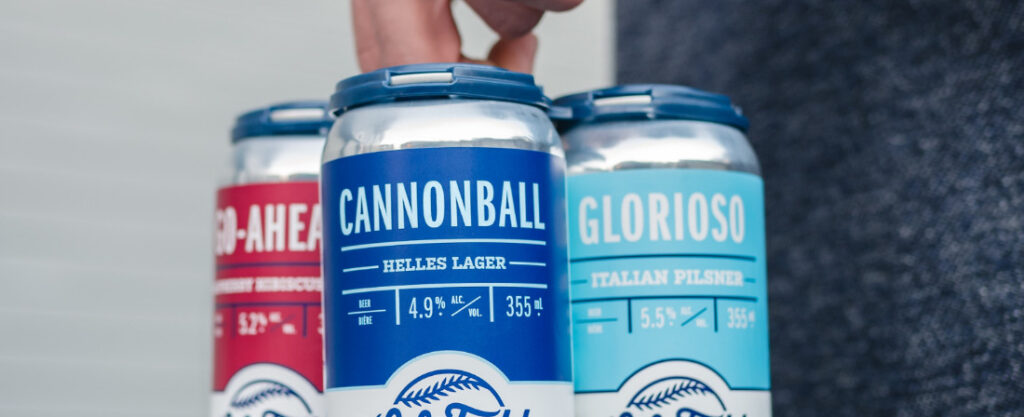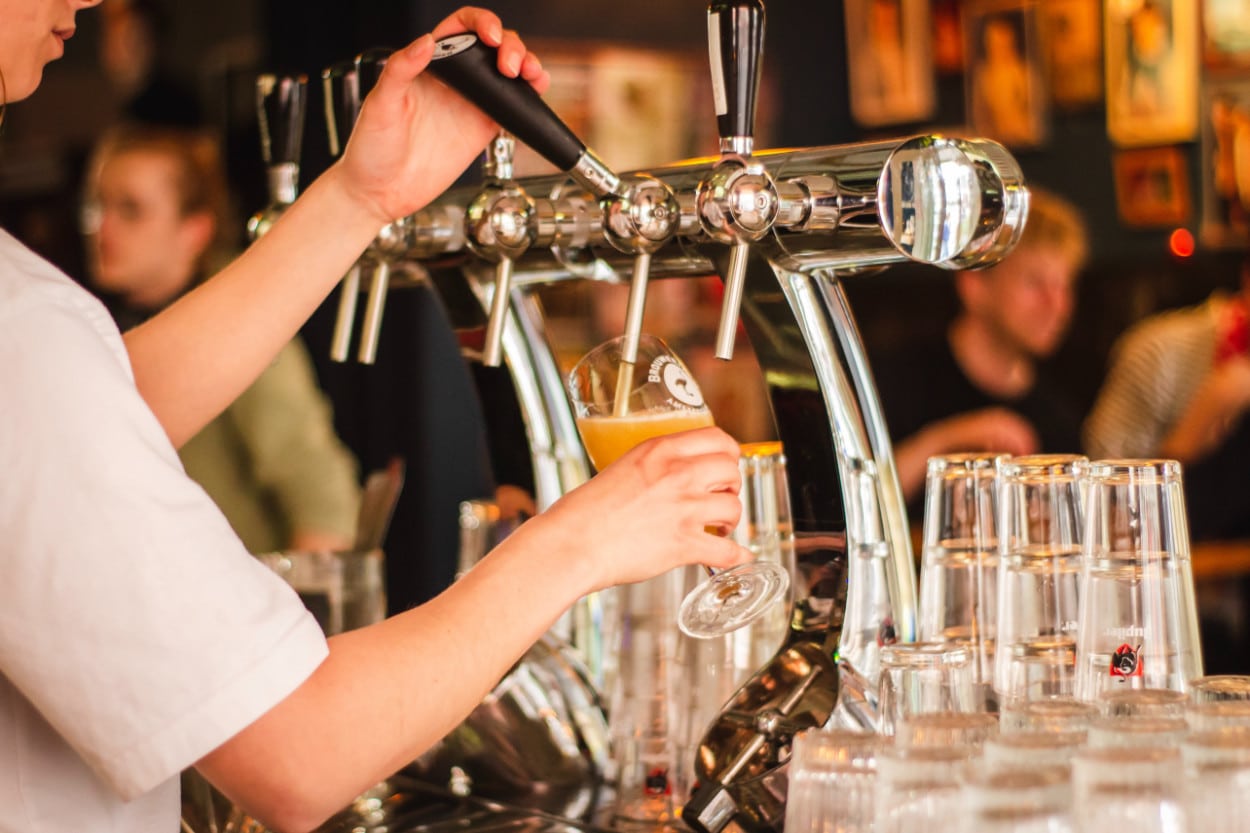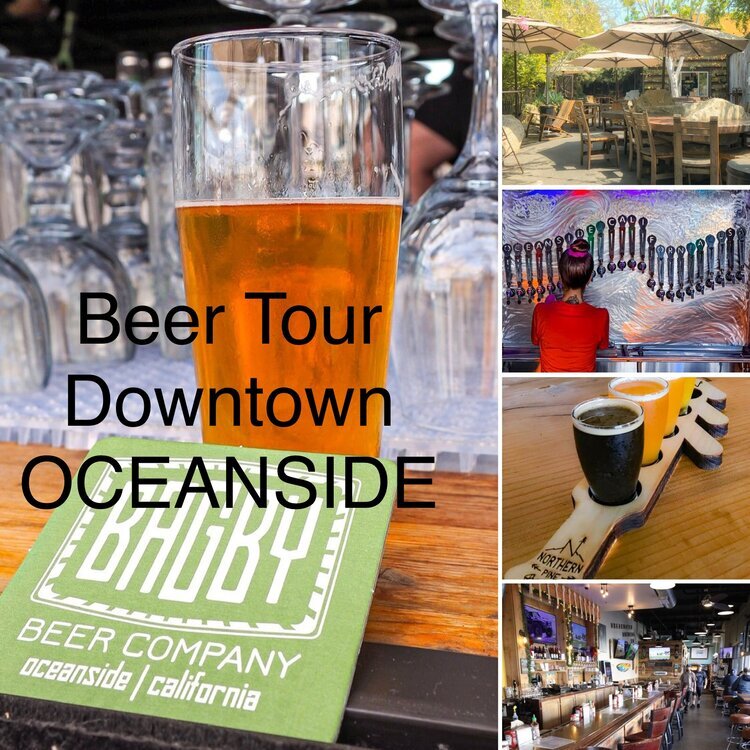Beer Volume Conversions
Beer gives delivered to us in all different shapes and sizes. From kegs to bottles to cans, there seems to be an unlimited array of beer containers. We’ve decided to create a handy chart to help convert some of the most common (and uncommon) delivery methods to others. Want to know how many 16 oz pours you can typically get out of a sixtel keg? How about 12 oz pours from a pony keg? We’ve got all the answers below.
Keg Conversions

| Keg Size | Gallons / Ounces | Pints (16oz) | Bottles (12oz) |
|---|---|---|---|
| 1/2 Barrel (Half) | 15.5 / 1984 | 124 | 165 |
| 1/4 Barrel (Quarter) | 7.75 / 992 | 62 | 82 |
| 1/6 Barrel (Sixtel) | 5.16 / 661 | 42 | 56 |
| Cornelius Keg | 5 / 640 | 40 | 53 |
| Mini Keg | 1.32 / 169 | 10-11 | 14 |
The half barrel is the largest of the beer kegs, and commonly used in restaurants and large events. Before craft beer became a staple in all our lives, this was the standard keg everyone thought of when it came to beer delivery. Most home kegerators will still fit this size, however smaller versions are maybe a bit more common nowadays.
The quarter keg comes in a few different shapes, but they all contain the same amount of liquid goodness. Sometimes referred to as a pony keg, a slim quarter or stubby quarter, these kegs hold about 7.75 gallons of beer and are commonly used for small gatherings.
The sixtel keg is probably the most common keg size craft brew is sold to individuals. This is the size I get when I purchase from my local brewery since it holds a little over forty 16oz pours at once. The sixtel keg is also referred to as the torpedo or log keg.
A cornelius keg – or Corny for short – is the most commonly used homebrew keg size. Many of these kegs were originally soda kegs, and have been repurposed by the homebrew community. Soda is now commonly delivered in syrup bags, so the corny keg is almost always used for homebrews.
The mini keg is a size popularized by Heineken and only works with specialized mini kegerators. This size has fallen out of favor with most home beer drinkers due to its very small capacity. There is a very limited amount of beers that are actually sold in mini keg form, so you have to ensure you like only the beers sold in this style before you commit to the kegerator.
Bottles & Cans

It used to be that beer was sold either in 12 ounce bottles or cans, or 16 ounce “pounders”. This is another area that has been changed dramatically by the meteoric rise in craft beer popularity.
Brewers are now packaging their limited runs in unique sizes, and the “pounder” has become the new standard in can sizes.
| Type | Ounces | Also Known As |
|---|---|---|
| Can | 12 oz | |
| Can | 16 oz | Pint, Pounder |
| Can | 19.2 oz | Stovepipe |
| Can | 32 oz | Crowler |
| Bottle | 12 oz | |
| Bottle | 22 oz | Bomber |
| Bottle | 750 mL | Standard Wine Bottle |
| Bottle | 64 oz | Growler |
The 12 ounce can or bottle had been the standard-bearer for decades until craft beer showed up on the scene. Most 12 ounce cans or bottles are sold in 6-, 12-, 15-, 18-, 24- and 30-packs.
The 16 ounce can surged in popularity with the rise in craft beer drinking. Most breweries that sell pre-packaged beer will sell their libations in 4-packs of 16 ounce cans. Each can has the same amount as a draft pint.
The new 19.2 ounce “stovepipe” can is starting to show up more and more. These beers are usually sold in convenience stores as singlets, and are usually the most common beer of a particular brewery.
A crowler can is usually sold on-demand at local breweries, and holds two 16 ounce pours. We commonly see these sold to consumers when a particular style is not already prepackaged in cans. Be warned though – these crowlers will only last for up to a week, so drink them fast after purchase.
The 22 ounce bomber bottle has dipped in popularity, corresponding to the rise of 16oz 4-packs. Many of the first craft breweries sold their beer in this format, and still do for their limited quantity seasonal runs.
The 750mL bottle is more commonly used for holding wine, but is also occasionally used to showcase specialty beers, especially those in the seasonal or wild categories. This bottle style is usually corked and is sometimes dipped in wax for aesthetic purposes.
The growler has become a common and standard way of bringing home beer from your local establishment with the plan of drinking it immediately after. Don’t leave a filled growler site too long – maybe a day or two – as it will become oxidized and stale very quickly. A growler is 64 ounces, which equates to about (5) twelve ounce or (4) 16 ounce pours.
Draft Sizes

Samples or flights of beers often come in 4 or 5 ounce pours, which allow the beer drinker to sample many particular beer styles one right after another without consuming too much liquid. Flights of beers are commonly sold as a set of 4-to-6 sample pours of multiple styles. This can be a fun way to try everything at a particular brewery without the bloat (and headaches) of trying to down full pints of each.
For the higher ABV beers, you may find they are only sold in 8 or 12 ounce glasses. Being a IPA drinker, I usually find any beer over 8-to-9% ABV is sold in this smaller format. This size can vary by brewery, but is often in the form of a tulip glass or snifter.
The common “pint” is a 16 ounce pour, and is by far the most common size for a draft. Virtually all restaurants and breweries will serve this size.
The imperial pint is not actually a pint, but a 20 ounce pour that is common in Canada. Not sure why this is, but it certainly can add to a confusion.
Tall pours are often 22 ounces, and if you are ever asked if you’d like to have the “tall” pour, this is what you can expect. I don’t like this size for a few reasons: 1) My beers are almost all 6% or more, so that is a lot of alcohol to consume, and 2) I tend to enjoy my beers, so by the end of this draft size, my beer is luke warm.






